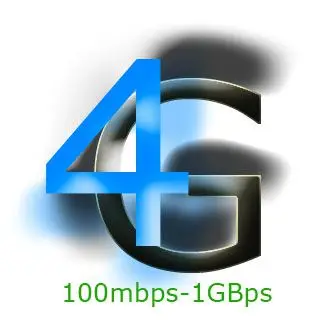We have often heard the expression “this mobile phone is 3G.” We have also heard the terms GSM, GPRS, HSDPA. Even current mobile phones allow you to configure whether a mobile phone operates in 2G or 3G mode. But… what do all these acronyms mean?
These terms refer to standard digital mobile telephony systems. These standards are adopted by operator companies and mobile phone manufacturers. The letter “G” refers to generation. So, 3G refers to third-generation mobile phones. Each generation is, obviously, more modern than the previous one and internally means that the mobile phone transmits information with a new protocol, and more efficiently.
However, from the user’s point of view, which is the one that interests us the most, the main differences between these standards are the speed and the number of services offered. Below is a summary of the different standards, with their main characteristics.
2G - GSM (Global System for Mobile Communications)
- Year 1992.
- Speed 9.6 kbits/s
- Adds the sending of short messages (SMS) to the voice service
2.5G - GPRS (General Packet Radio Service)
- Year 2001.
- Speed 40 kbits/s
- Adds the multimedia messaging service (MMS)
- Adds network applications for devices (WAP)
- Possibility of using the device as a USB modem
3G - UMTS (Universal Mobile Telecommunications System)
- Year 2004
- Speed 510 kbits/s
- Adds video calls, Internet, streaming, navigation, etc…
3.5G - HSDPA (High Speed Downlink Packet Access)
- Year 2006 - present
- Speed between 3.2 to 7.2 Mbits/s
- Broadband Internet services on mobile
4G
- Near future
- Speed 300 Mbits/s
- The first networks are starting to be implemented
As a battery-saving tip, it is a good practice to have the mobile phone in 2G (GPRS) mode, which is more than enough for normal applications, such as voice calls, SMS messages, Facebook, WhatsApp… etc., and only switch to 3G (HSPDA) mode when we are going to make intensive use of the Internet, for example, to browse or watch a video on YouTube.
